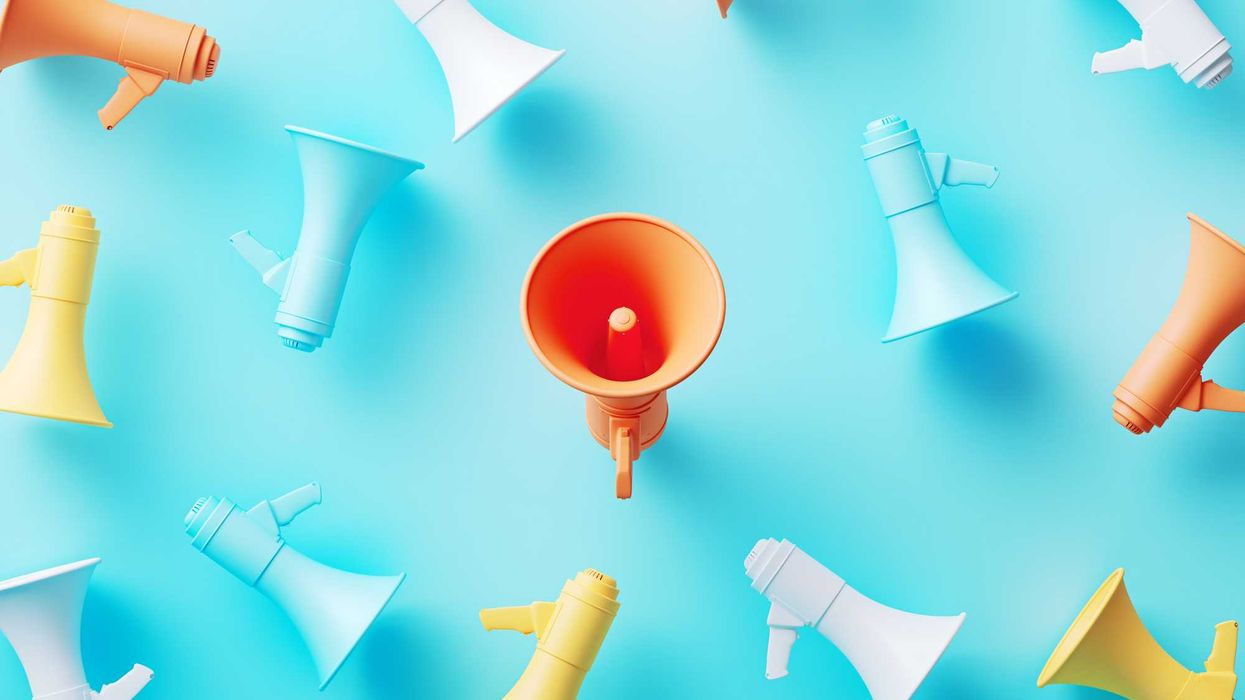On Sunday, July 13, CNN will commemorate the 40th anniversary of Live Aid with the start of a four-part documentary series that tells the definitive story of how two rock stars sparked one of the largest global music events in history.
Featuring interviews with icons like Bob Geldof, Bono, Sting, Patti LaBelle, Phil Collins, and Lionel Richie, as well as global leaders including George W. Bush, Condoleezza Rice, President Obasanjo, and Tony Blair, the series is enriched with rare archival footage of performances and intimate backstage moments featuring Paula Yates, Boy George, Status Quo, and George Michael.
Live Aid’s original mission was to raise funds and awareness for famine relief in Ethiopia, where millions were suffering amid drought and civil war in the early 1980s. But the event evolved into something far greater—a 16-hour transatlantic concert staged simultaneously at Wembley Stadium in London and JFK Stadium in Philadelphia, broadcast to an estimated 1.9 billion people across 150 countries.
More than a fundraiser, Live Aid was a cultural phenomenon—a moral call to action delivered in the universal language of music. As Bob Geldof put it, they spoke to the world using “the lingua franca of the planet—not English, but rock ’n’ roll,” confronting the absurdity of starvation in a world of abundance.
Live Aid didn’t just raise money; it redefined what music and mass media could accomplish together. Its legacy laid the groundwork for decades of benefit concerts and reimagined the civic potential of entertainment:
- It set a new standard for scale and reach. Live Aid proved a concert could be more than entertainment—it could be a planetary event.
- It galvanized a wave of charitable events. From Farm Aid to Live 8 to the Global Citizen Festival, Live Aid's model continues to inspire.
- It expanded the role of celebrity in activism. Bono, a Live Aid performer, would go on to launch initiatives like ONE and Product Red, becoming a lifelong advocate.
- It influenced institutional behavior. The global response pressured governments to release surplus grain and increase humanitarian aid.
- It sparked necessary debate. Live Aid also prompted critical discussions about the ethics of aid, representation, and Western involvement in global crises.
The Fulcrum now asks: If it was possible then—Why not now?
In this era of division, within the United States and across the globe, when many fear for the future of democracy itself, why not reimagine a democracy roadshow, a tour “For Democracy”?
As jazz icon Wynton Marsalis once said, “Music heals people because music is vibration, and the proper vibration heals.” Music brings people together. It multiplies energy. And when we join as one, we become greater than the sum of our parts.
Imagine a democracy concert followed by a yearlong democracy call to action roadshow—designed to build a new civic movement; a movement that transcends outdated definitions of right and left. One that centers on shared values, optimism, and active participation. In an age of algorithm-driven division, such an effort could channel celebrity influence and social platforms toward healing instead of fracture.
A democracy concert would unite artists from across genres and across the political spectrum—right, left, and center. It would reflect the diversity of American music and mirror the pluralism of its people. The concert would not be about being a Democrat or Republican but instead about being a participant in a more vibrant, inclusive democracy.
So—what’s changed since 1985: Why haven’t we seen another Live Aid-sized response to threats like democratic erosion, war, or climate collapse?
There are many reasons:
- Media fragmentation. In 1985, Live Aid reached billions through a handful of TV networks. Today, audiences are dispersed across countless platforms, making it harder to convene a singular cultural moment.
- The internet redefined activism. As Geldof has noted, online activism happens fast—but often fizzles quickly. Hashtags and livestreams have replaced the emotional resonance of shared, physical experience.
- Cynicism has grown. With hindsight, Live Aid faced criticism over how funds were distributed and for oversimplifying complex issues. Today’s public is more wary of celebrity-led efforts.
- The issues feel abstract. Famine is visceral. Democracy’s threats—disinformation, gerrymandering—are harder to embody in a single image or song.
And yet, Live Aid’s spirit still lingers—just in new forms. Global Citizen, One World: Together at Home, and Stand Up for Ukraine have built on its legacy, often leaning digital, policy-driven, and movement-based.
Part II: A New Kind of Cultural Catalyst
Perhaps what we need today is not just another concert—but a new kind of cultural infrastructure—one that fuses art, activism, and community building into a lasting democratic force. In Part II, we’ll explore how creative practice in the U.S. can meet civic needs, strengthen local economies, and restore our human connections.
Here are a few ideas we’ll unpack in Part II
- Civic Studios. Permanent community-rooted spaces where artists, organizers, and residents co-create murals, performances, and storytelling projects to address local democratic challenges. Part gallery, part organizing hub, part civic classroom.
- The Democracy Mixtape Project. A traveling concert–meets–town hall, remixing core democratic texts (like the Constitution) through music, spoken word, and civic education. Think Hamilton meets Live Aid—but grassroots and mobile.
- The Civic Imagination Fund. A pooled fund supporting long-term residencies for artists embedded in movement spaces—like voting rights or climate justice—designed to spur innovation at the intersection of creativity and civic infrastructure.
- Digital Public Squares. Online platforms that blend artistic storytelling with live civic dialogue. Picture a short film on gerrymandering sparking a real-time conversation between artists, organizers, and historians.
- The Civic Rituals Lab. A think-and-do tank that prototypes new public rituals—like a “Democracy Sabbath” or “Day of Listening”—to replace partisan spectacle with culturally resonant practices of reflection and connection.
Stay tuned for Part II, where we explore how art can become a civic muscle—energizing not just our culture but our democracy itself.
David Nevins is co-publisher of The Fulcrum and co-founder and board chairman of the Bridge Alliance Education Fund.




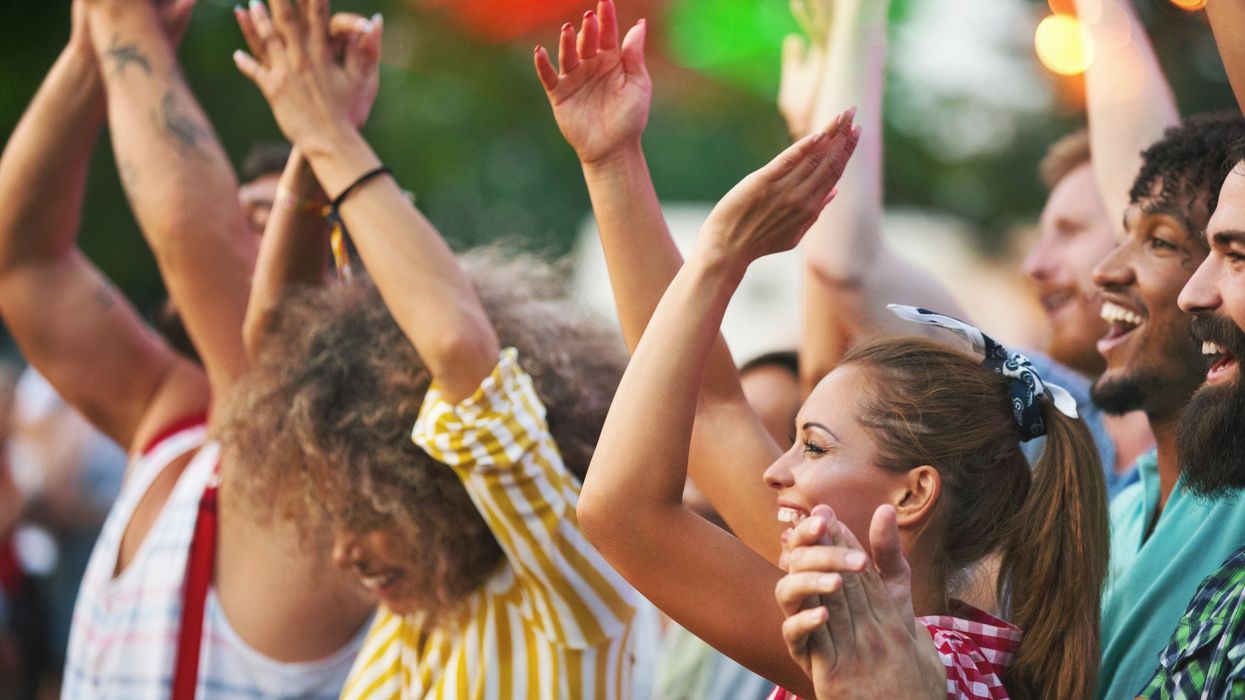


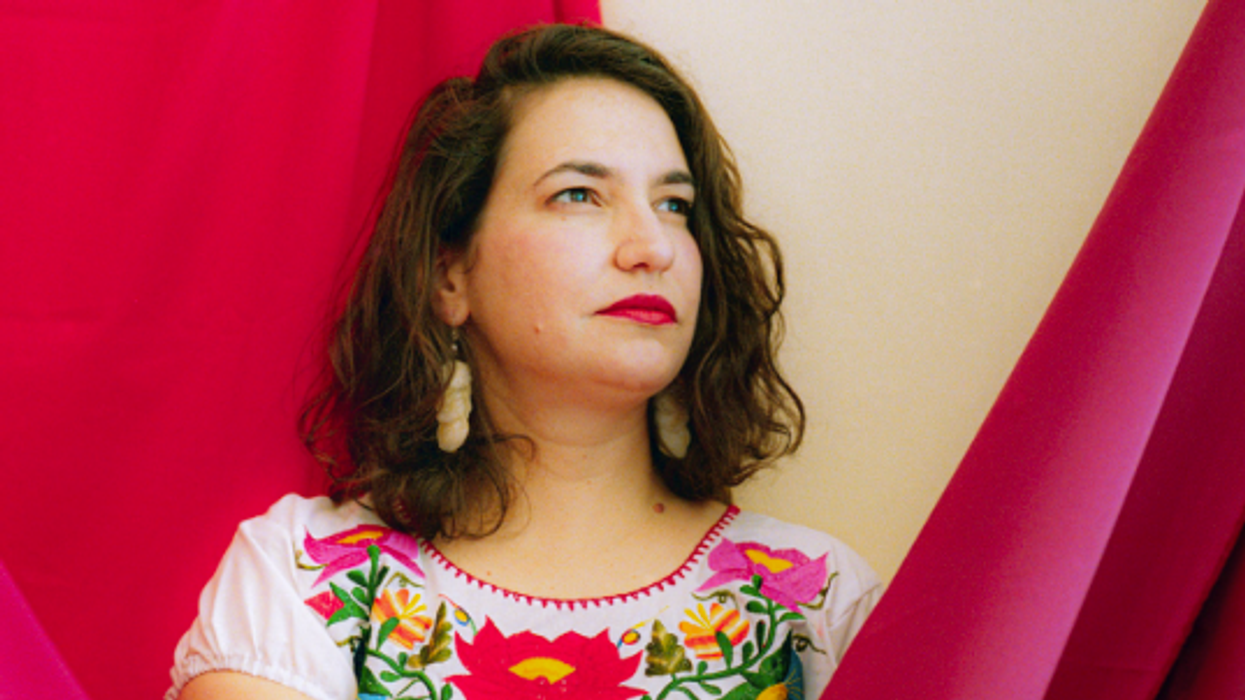

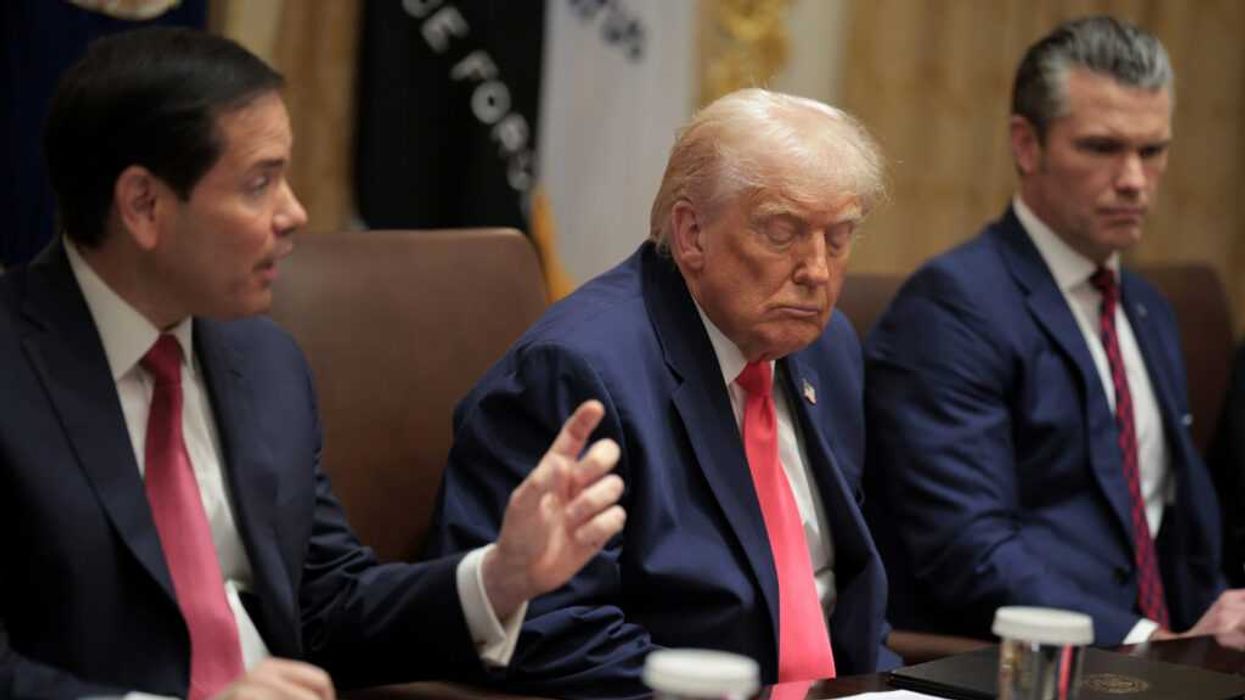
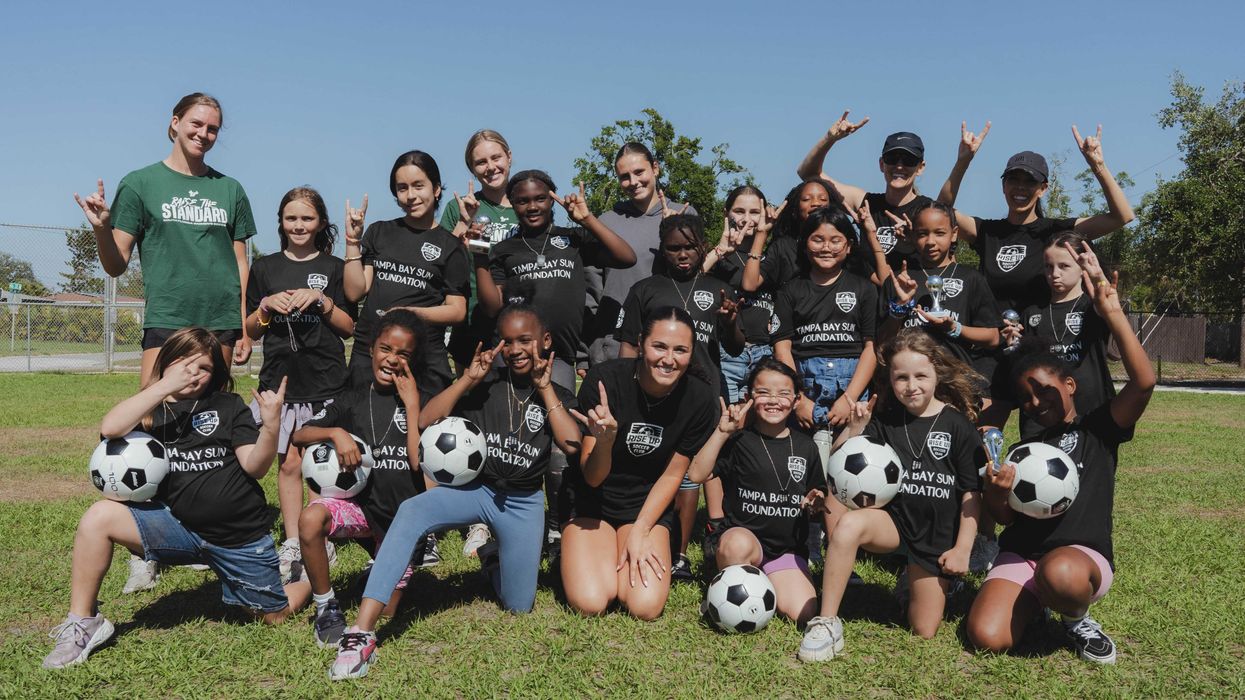


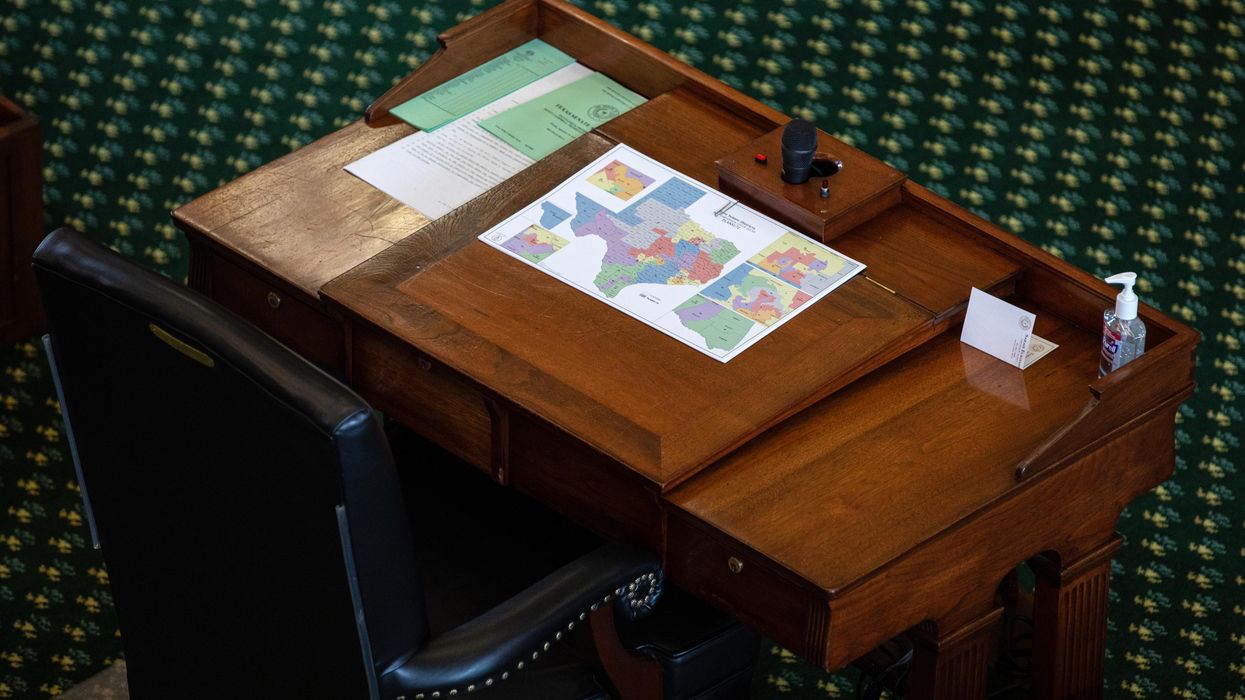



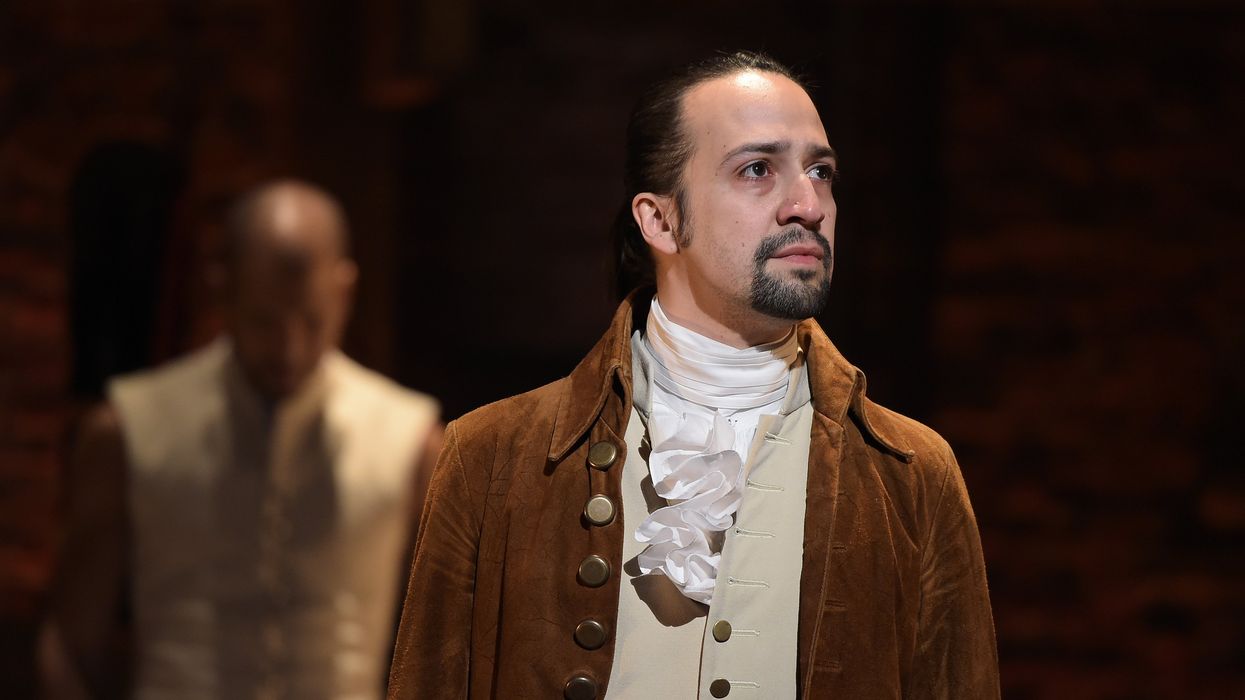
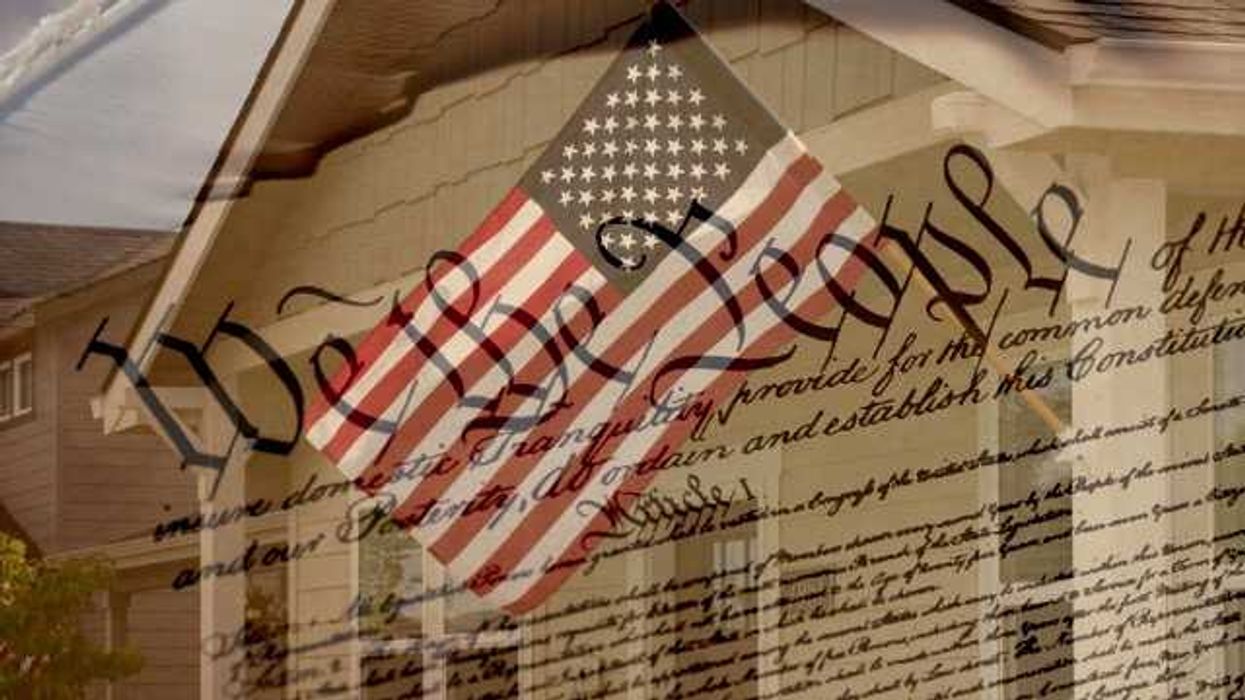
 Shannon Gormley, Rhode Island Public Schools
Shannon Gormley, Rhode Island Public Schools Les Sinclair, Blue Ridge Area Food Bank
Les Sinclair, Blue Ridge Area Food Bank Elena Casillas Hoffman,
Elena Casillas Hoffman, 
 Darrious Hilmon, Executive Director, CAN-TV
Darrious Hilmon, Executive Director, CAN-TV